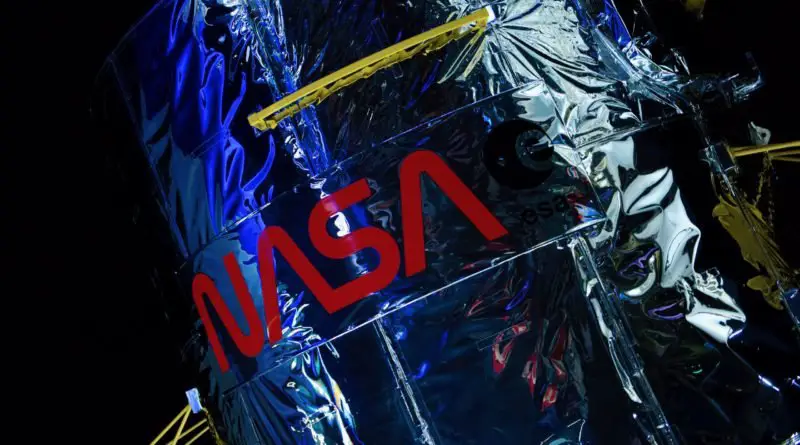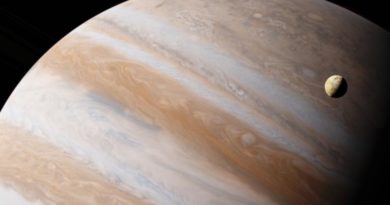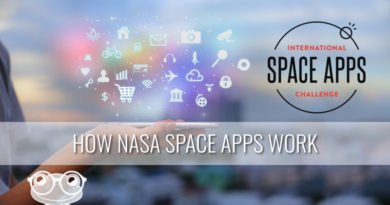Last modified on December 29th, 2021 at 9:49 am
5 Breakthrough Space Technologies of the Future
Description: Space technologies now are fascinating and resemble more and more what science fiction movies are depicting. With a budget of $21.6 billion, NASA is sure to make incredible space technology achievements. But let’s see which technology we already have first.
Source: https://pixabay.com/photos/galaxy-star-infinity-cosmos-dark-3608029/
It’s enough to look at our everyday life when we are constantly using smartphones or smart home devices to realize that our world’s space technology evolution is already beyond anyone’s imagination. We have achieved plenty of technology milestones that are way above the use of satellites or fighting climate change or assisting with disaster management.
Let’s see what the known space technologies have brought lately in terms of space technology innovations. Analyzing the latest space technology news, we can see that not only space communication technologies have reached an incredibly advanced level, but space & aeronautics technologies as well.
5 most notable space technologies that have a future
Here are the five space technologies that are making a difference and will continue to do so in the future:
Hubble
The Hubble space telescope was launched way back in 1990, but it still stands out from the crowd as an impressive space exploration technology advancement. Located 569 kilometers above Earth, Hubble avoids any distortion in the atmosphere and brings the most impressive space images back to us.
This is why Hubble technology has helped us discover some of the most intricate space mysteries. For example, it has given scientists the necessary support for determining how old the Universe is, revealed that dark energy exists, discovered new planets and quasars, and much, much more.
Hubble’s antenna sends information and is controlled by the Goddard Space Flight Center via satellites. Hubble is a telescope that consists of two main computers and many other smaller systems. One of its main computers is responsible for command controls, whereas the other communicates with all its instruments.
Spacesuits
Source: https://pixabay.com/photos/manned-mobility-unit-mmu-nasa-3437487/
Perhaps, what many of you don’t know is that a 300-pound or even heavier spacesuit costs $22 million to make. While this is an incredibly high price, spacesuit technology is extremely complex and advanced. They’re designed to resist the most extreme temperature conditions in which the human body wouldn’t make it for over two seconds.
Besides, this technology provides the oxygen needed to breathe in space and contains enough drinking water for a lengthy spacewalk. Spacesuits are also designed to protect from any injury that can be caused by space radiation and dust or bright sunlight, not to mention they are made for walking on surfaces where gravitational conditions are very restrictive.
Kepler
The Kepler Space Telescope was designed with a very low budget, so it was believed that it would only last four years, if not less. However, this assumption has proven to be wrong. Kepler is a telescope that finds exoplanets. Those are planets located outside our solar system but similar to ours. It has discovered more than 4,500 of them and many other candidates for the planet status.
After nine years in outer space, Kepler faced the Cygnus constellation, and this was when it discovered numerous planets and stars. Exciting how exoplanet search and Kepler technology can be, this telescope’s most notable achievement was showing us how vast the Universe is, just like in the Star Wars movies. Without Kepler and other telescopes like it, humanity would not have been able to see what’s in the vicinity of our solar system.
International Space Station (ISS)
As one of the most costly and largest technology ever built, the ISS weighs close to 1,000,000 pounds and has cost us $160 billion until now. This space station is built with the highest technology and makes it possible for its passengers to go into space at 5 miles per second. In other words, it takes only 90 minutes to make the Earth’s full orbit. Moreover, six spaceships can be connected to it at once. Maintaining the ISS requires a lot of work and technology, too. More than 50 computers control its systems, and over 3,000,000 software code lines on the ground support its code lines for flight. Despite all the efforts made to maintain it, the ISS brings humanity great rewards because it’s practically a space laboratory that researches how space impacts the human body from both psychological and physical points of view, amongst many other things. So far, ISS is one of the biggest space technologies achievements.
Spirit and Opportunity
These two Mars Rovers were very successful at helping us discover amazing things about Mars. They were so technologically advanced that controlling them from Earth was not just possible, it was easy.
Spirit and Opportunity have landed on Mars in almost opposite parts of the planet and conducted atmospheric and field geology research. With these amazing technology examples, we have gotten the first clear and colored images from Mars’s surface. Moreover, in 2015, they have discovered this planet has an intermittent water flow.
All these elaborate technologies are only a small part of what we have nowadays. Without them and others, we wouldn’t have been able to explore space at all. We can only hope there will be many more technology advancements to come, especially since our future as a race seems to slowly start depending more on being “out there” and exploring our options.




